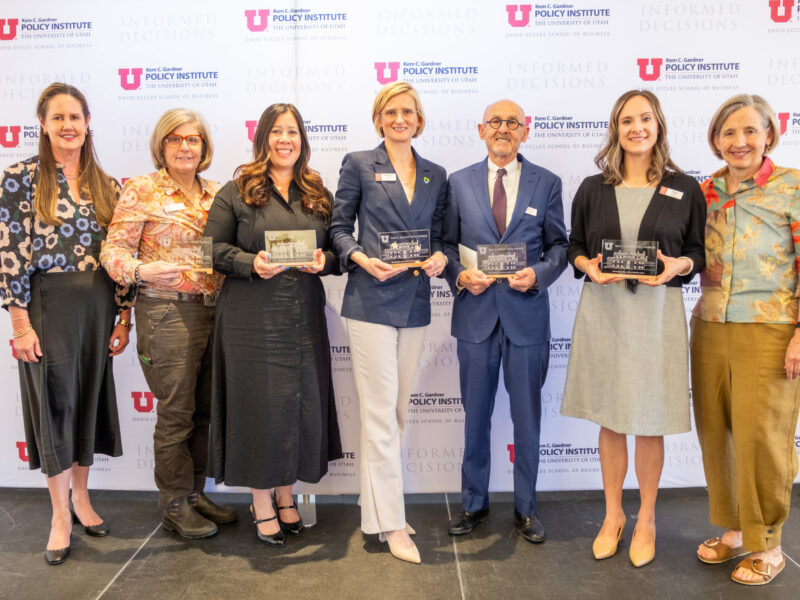Architecture firm aims to be first commercial living building in Utah
Salt Lake City — Architectural Nexus, one of the top 100 national green architecture firms, has taken the challenges presented by the COVID-19 pandemic and created an opportunity. While employees have been working remotely at Arch Nexus SLC, the firm’s headquarters has been undergoing a major renovation with the goal of becoming the first commercial building in Utah to achieve Living Building Certification.
According to American Lung Association 2020 State of the Air Report, Salt Lake City ranks 7th for worst air quality among US cities. Challenges such as air and water pollution continue to threaten both worldwide and regional environmental health. Buildings are responsible for 40 percent of total greenhouse gas emissions. Recent advances in building technology as well as building codes have demonstrated some effectiveness in reducing the amount of environmental damage that buildings cause, however, experts worry that the improvements are coming too slowly.
“This innovative project shows how we can lead the way, one building at a time, in addressing the serious air quality challenges that Salt Lake City faces. Arch Nexus SLC will be an extraordinary community asset that serves to both inspire and set a new standard for our community’s health and quality of life,” says Salt Lake City Mayor Erin Mendenhall.
The Living Building Challenge (LBC) is a philosophy, certification, and advocacy platform for projects to move beyond merely being less bad and to become truly regenerative. Living Buildings function as a part of the natural ecosystem both using and providing resources in the same way as any natural element such as a flower or a tree would. As a Living Building, Arch Nexus SLC will incorporate a number of regenerative features including:
- Net Positive Energy – By combining ultra-efficiency with on-site power generation via solar canopies, the building will generate more energy than it consumes on an annual basis.
- Net Positive Water – Rain water collection and gray water recycling will be implemented for all non-potable uses such as indoor and outdoor irrigation as well as flushing.
- Healthy Environment – Building materials were intentionally selected, with priority given to reclaimed and local materials, so as to promote both environmental and human health.
- Biophillic Design – Living walls, nature inspired murals, and abundant daylight will provide beauty and inspiration to the occupants and visitors within and around the building.
In 2018 Arch Nexus SAC, the office for Architectural Nexus in Sacramento, Ca., became the first certified Living Building in the state of California. Kenner B. Kingston, Arch Nexus president and 2018 Living Future Hero says, “When we embarked on the Arch Nexus SAC project, one of our many goals was to harvest regenerative design philosophy and knowledge from California and bring it to the Intermountain West. This project is the exciting evolution of that story.”
In addition to the regenerative aspects, the newly renovated office will feature a diverse assortment of working environments, including open workspaces, hoteling offices, focus rooms, lounge areas, design labs, state-of-the-art telecommunications systems, community meeting spaces, courtyards, café, and a gym. Julie Berreth, Arch Nexus VP of operations and principal in charge of the project has this to say about the enthusiasm leading up to moving in, “As we regenerate our building to the bold LBC criteria, we are also reinventing our whole way of working together. We’ll have many choices for comfort, and many opportunities to learn from those around us. We’re excited to be together again and we delight in the success of our reimagined workplace.”
For more information, including renderings, construction photos, video, and a virtual reality tour, please visit http://www.archnexus.com/arch-nexus-slc/.
Architectural Nexus is a multi-disciplinary, people-driven design firm practicing throughout the western United States. By focusing on people rather than buildings, they design projects and create places that not only work well, but also help people be healthy, happy, and productive. Through purposeful design, people are inspired to achieve greatness and be more active stewards of the built and natural environments.




